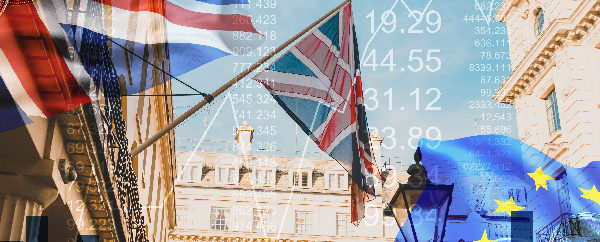As governments around the world start to reach their deadlines from decarbonisation commitments originally made decades ago, time is running out to find ways to meet those previously ambitious targets.
For some, the 2020s will be the decade when things reach a pinch point – the UK government among them due to lofty ambitions to be reached by 2030.
But while taking action on climate change means producing less carbon, it could also mean producing more copper, with potential implications for the value of copper mining stocks in the years to come.
It’s something of a Catch-22: mining in itself is falling out of favour due to growing concerns about its environmental impact, but some mined materials, copper included, are needed in much larger quantities in renewable energy generation than in fossil fuel power stations.
Copper has near-unique qualities, including good thermal conductivity and electrical conductivity, making it a practically irreplaceable metal in electrical circuits, heat sinks, and other such components.
However, it is also tied closely to the performance of the new-build housing market, where subdued activity can help to keep demand for copper relatively low.
Does copper look bullish or bearish?
The International Copper Study Group published its latest copper market forecast near the end of 2019, comparing supply issues with expected demand in the coming years.
In the latest survey, the ICSG found that an unusually low amount of disruption to mining activity meant global production of copper was up 2.5% in 2018, down an estimated 0.5% in 2019, but set to rise by about 2% in 2020.
Refined copper (as opposed to raw mined copper) is expected to post growth of 0.5% in the final figures for 2019, and as much as 4% by the end of 2020.
Meanwhile, the ICSG predicts global demand for refined copper will be up 0.3% in 2019 and 1.7% in 2020.
While the relative growth in demand is lower than the increase in refined copper supplies, the important question is whether those supplies are meeting or exceeding demand – something the ICSG report addresses.
According to the survey, in 2019 global refined copper supplies were at a deficit of about 320,000 tonnes – nearly twice the 190,000 tonnes forecast the organisation made in April.
But with output expected to increase this year, the prediction for 2020 is a surplus of 280,000 tonnes, which could help to keep prices flat.
Why don’t copper prices rise?
Copper prices do rise – and when they do, they tend to gain significant value in a short period of time.
Until 2004, the metal traded at a long-term average of around $1.00 per pound, but it broke free of this threshold over the course of the following 2.5 years, peaking at around $2.50 in May 2006.
It returned to this value in each of the following two summers before plunging to below $1.50 in late 2008, during the depths of the global recession when key markets for copper, such as housing, were at a standstill.
Since then copper prices have been volatile, rising to around $4.50 in February and July 2011 but failing to reach those dizzying heights since.
The long-term trend over the decade since has been steadily downwards with high volatility along the way.
Copper traded around $2.00 throughout 2016, although prices began to break out towards the end of the year and surpassed $3.25 per pound by the end of 2017.
Having dropped to around the $2.50 mark by early 2020, copper is now near the convergence point between its long-term peaks and troughs – supply has increased by 2.5-3.0% consistently over a number of years, although it is still subject to disruption.
What next for copper prices?
The question now is whether the converging pattern in long-term copper prices represents a new benchmark base price that copper, in the future, will consistently trade above.
A forecasted deficit in net supply is good news for the market, but it is worth remembering that a growing proportion of copper demand is met by recycled metal, and for many applications copper alloys like gunmetal are actually preferable to pure copper.
While the raw ingredients in gunmetal include tin, which is several times the price of copper, recycling copper as gunmetal costs much less as it does not need to be purified.
If this proves to be a significant factor in future supply, it could help to keep the value of newly mined copper lower than it otherwise might be.
Other factors influencing the market are financial, including the euro exchange rate and the rate of inflation – so as was seen in 2008, future copper prices may depend largely on the health of the global economy.
Ultimately this is one metal that can be hard to predict, but for those who buy into a copper bubble at the right time and get out before it bursts, there are – on occasion – substantial short-term gains to be made.
https://www.icsg.org/index.php/111-icsg-releases-latest-copper-market-forecast-2019-2020
Disclaimer: The information provided here is not investment, tax or financial advice. You should consult with a licensed professional for advice concerning your specific situation.




